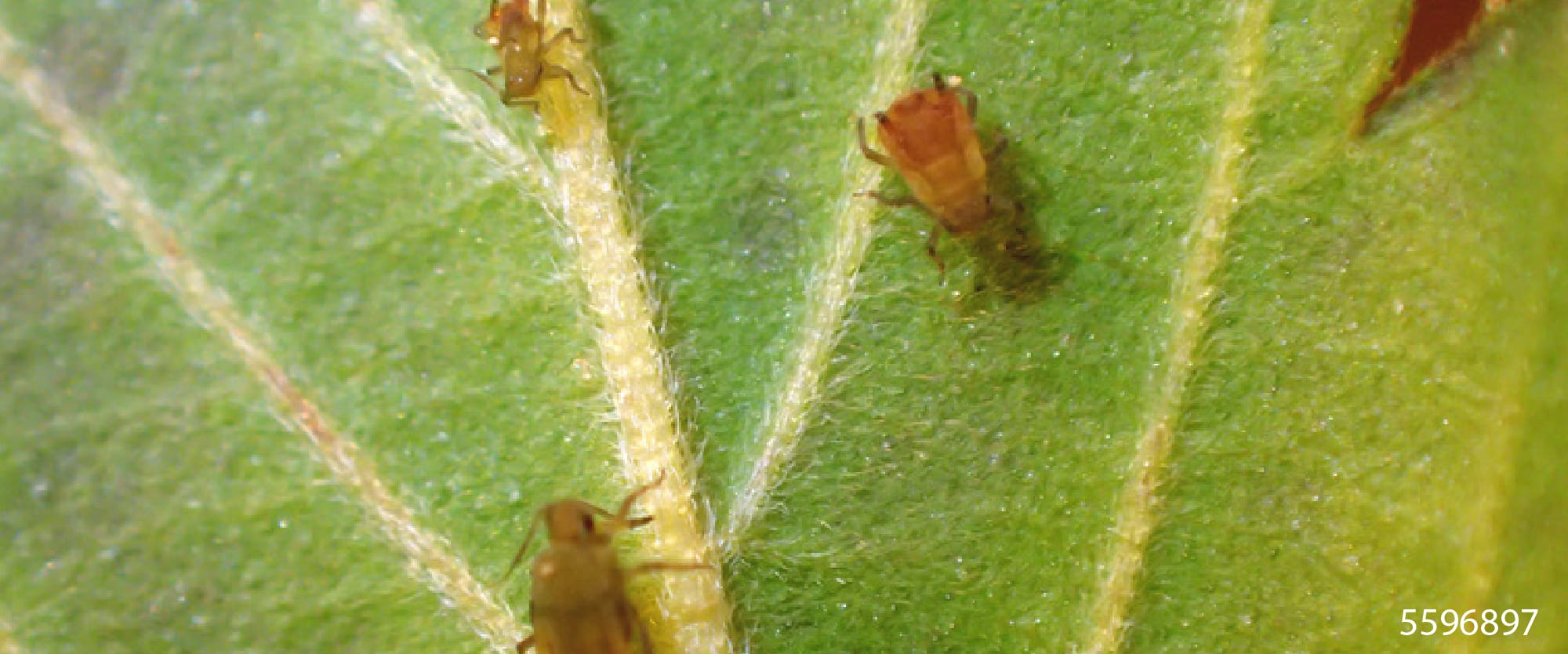Root aphids: Out of sight, out of mind?

|

|
Mid-summer and all in the garden is looking right, but do you have a security plan in place for the…
Tips for Using Beneficials Insects in Outdoor Plants Whether you are popping seeds or coming from clones, you can never…
Here are some tips for getting your outdoor garden ready for spring: Planning and Preparation Choose the right strain: Consider…
Are you tired of battling fungus gnats? We have some solutions that actually work! Biological control for fungus gnats uses…